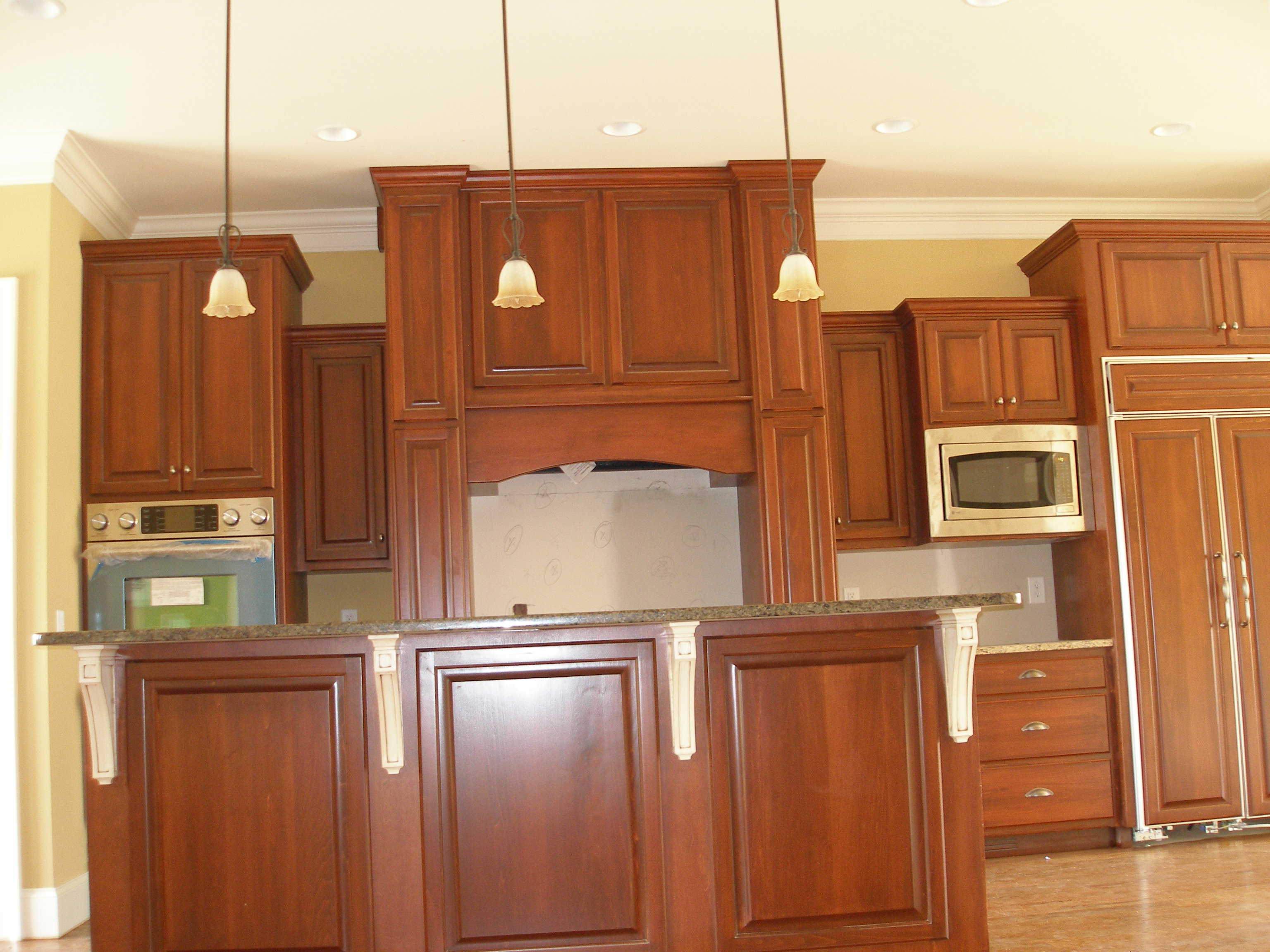Hardwood Cabinet Choices: Best Wood To Build Cabinets

Choosing the right hardwood for your cabinets is a crucial decision impacting both the longevity and aesthetic appeal of your kitchen or bathroom. The selection depends on a blend of desired durability, visual preferences, and budget considerations. This analysis will explore four popular hardwood options: oak, maple, cherry, and walnut, comparing their properties and suitability for various cabinet styles.
Hardwood Cabinet Durability Comparison
The durability of hardwood varies significantly, affecting its resistance to scratches, dents, and wear over time. Hardness is a key indicator, measured on the Janka hardness scale. Grain patterns also influence strength and visual appeal. The following table summarizes these characteristics for oak, maple, cherry, and walnut.
| Wood Type | Hardness (Janka) | Grain Pattern | Scratch/Dent Resistance |
|---|---|---|---|
| Oak | 1360 | Prominent, often with a distinct cathedral pattern; can be open or tight-grained. | High; relatively resistant to dents and scratches. |
| Maple | 1450 | Fine, even texture with a subtle, often straight grain; sometimes displays birdseye or curly patterns. | Very high; exceptionally resistant to damage. |
| Cherry | 995 | Straight to slightly irregular grain; often features a rich, warm tone. | Moderate; more susceptible to dents and scratches than oak or maple. |
| Walnut | 1010 | Highly figured, often with dramatic swirls and contrasting colors; can range from straight to highly figured. | Moderate; similar to cherry in scratch and dent resistance. |
Aesthetic Qualities of Hardwood Cabinetry, Best wood to build cabinets
Each hardwood offers unique aesthetic qualities that contribute to different design styles. Oak, with its pronounced grain, lends itself to traditional and rustic designs. Imagine a Shaker-style kitchen with warm-toned oak cabinets, showcasing the wood’s natural beauty. Maple, with its finer grain and lighter color, is versatile, suitable for both modern and transitional styles. A sleek, minimalist kitchen with white maple cabinets exemplifies its clean aesthetic. Cherry’s rich reddish-brown hues contribute to a warm, elegant feel, ideal for traditional or craftsman-style kitchens. Picture a cherry cabinet with a subtle, hand-rubbed finish. Walnut, with its darker tones and dramatic grain patterns, brings a touch of sophistication and luxury, often favored in contemporary or modern settings. Envision a modern kitchen with dark walnut cabinets, creating a striking contrast against lighter countertops.
Cabinet Door Styles and Hardwood Selection
The characteristics of each wood type influence its suitability for various cabinet door styles.
Oak’s strength and prominent grain make it ideal for raised-panel doors, where the wood’s texture is highlighted. The robust nature of oak supports the intricate detailing often found in raised-panel designs. A raised-panel oak door could feature a deep, recessed panel, accentuating the grain.
Maple’s fine grain and smooth surface are well-suited for slab doors, creating a clean, modern look. The even texture of maple allows for a seamless, unblemished finish, perfectly complementing minimalist designs. A simple, flat-panel maple door with a smooth lacquer finish exemplifies this style.
Cherry’s rich color and moderate hardness make it a good choice for shaker-style doors, blending traditional aesthetics with a touch of elegance. The wood’s warmth and subtle grain pattern create a classic yet refined look. A shaker-style cherry door would showcase simple, clean lines with a slightly recessed panel, allowing the rich color of the cherry to shine through.
